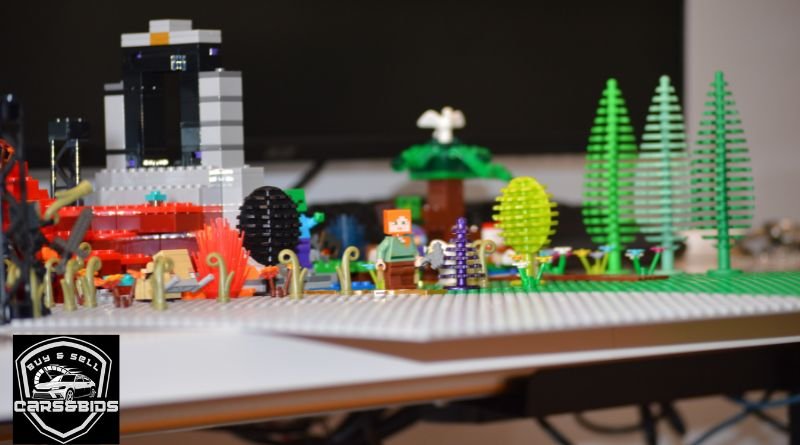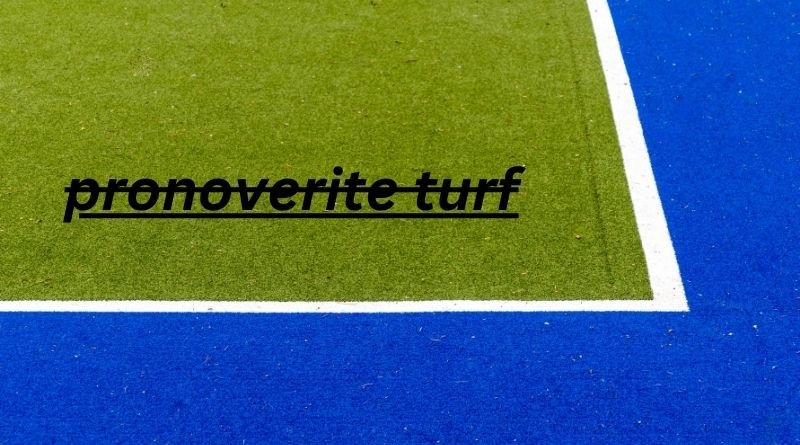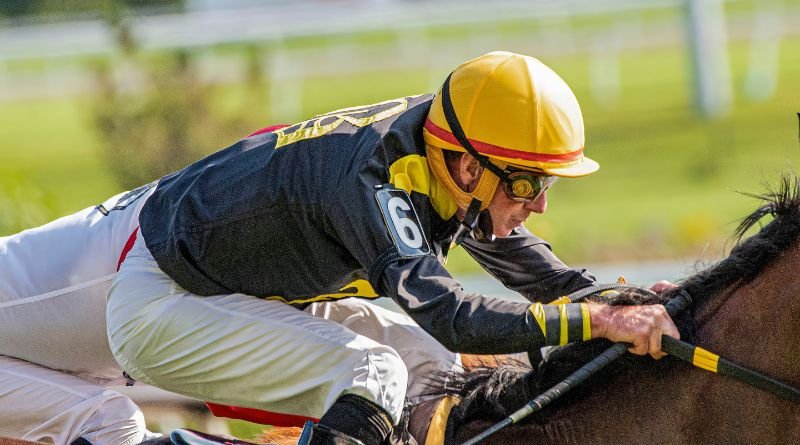The world of Minecraft, released in 2009, is renowned for its blocky graphics and pixelated charm. While the game is celebrated for its vast landscapes, intricate builds, and infinite possibilities for creativity, another often-overlooked aspect is the visual branding and iconography associated with it. This article delves into the significance of Minecraft (2009) game icons banners, exploring how they contribute to the overall aesthetic and identity of the game.
The Emergence of Minecraft Icons and Banners
Origins and Evolution
When Markus Persson, also known as “Notch,” first launched Minecraft in 2009, he introduced players to a unique gaming experience characterized by sandbox elements. This groundbreaking game quickly gained popularity, paving the way for a robust community that created not just gameplay strategies but also extensive graphical content. The early icons and banners were simplistic yet effective, embodying the essence of the game—creativity, exploration, and survival.
As the game evolved, so too did its visual representation. The original pixelated designs began to incorporate more intricate details, while the color palette expanded to include a wider range of hues and shades. These changes were not only a response to community feedback but also a reflection of the growing complexity of the game itself. The Minecraft (2009) game icons banners thus became symbols of the various updates and thematic changes introduced over the years, helping players navigate the game’s ever-expanding universe.
Significance of Icons and Banners in Minecraft
In the gaming world, icons and banners serve multiple purposes. They act as navigational tools, branding elements, and sources of inspiration. For Minecraft, the game icons banners have a particular significance. They help players identify different items, blocks, and characters, making it easier to understand the game’s mechanics. For instance, the iconic grass block or the Creeper face has become synonymous with the game, representing its fundamental elements.
Moreover, these visual elements contribute to community engagement. Players often create custom banners and icons to reflect their personalities or gaming styles. This creativity fosters a sense of belonging among players, as they share their unique designs on various platforms, from forums to social media. The banners become a canvas for self-expression, allowing players to showcase their individuality within the Minecraft community.
Exploring the Iconic Banners of Minecraft
Types of Icons and Their Meanings
The Minecraft (2009) game icons banners can be categorized into various types, each representing different aspects of the game. Below are some notable categories:
- Item Icons: These represent the various items players can craft or collect, such as tools, weapons, and food. The iconic pickaxe, sword, and golden apple are just a few examples. Each icon is designed to be instantly recognizable, even in its pixelated form, allowing players to quickly identify the item in their inventory.
- Block Icons: Blocks are the building blocks of Minecraft, quite literally. From dirt to diamonds, each block has its unique icon. The representation of blocks in the game emphasizes the importance of crafting and building, as players are encouraged to utilize these icons to create their masterpieces.
- Mob Icons: Mobs, or mobile entities within the game, have distinctive icons that players can recognize at a glance. Creepers, Endermen, and Villagers all have unique designs that not only denote their identity but also hint at their behaviors and roles within the game.
- Biomes and Environments: Different biomes in Minecraft have specific icons and banners that represent their unique characteristics. For example, the desert biome is often depicted with a sun icon, while snowy biomes might feature snowflakes or igloos. These icons help players quickly identify the environment they are in, facilitating exploration and adventure.
The Evolution of Banner Designs
Banners in Minecraft serve as both decorative elements and functional tools. Initially, banners were a straightforward addition to the game, providing a means for players to mark territory or decorate their builds. However, over time, the complexity of banners has increased significantly. Players can now customize banners with various patterns, colors, and symbols, creating a personal touch that reflects their style and creativity.
The introduction of crafting mechanics for banners allowed players to experiment with designs, combining different colors and patterns to create unique flags. This aspect of customization has led to a vibrant subculture within the Minecraft community, where players share their creations and techniques for banner-making. The Minecraft (2009) game icons banners thus not only enhance the visual appeal of the game but also promote collaboration and creativity among players.
Community Engagement Through Icons and Banners
User-Generated Content
One of the most significant impacts of Minecraft‘s iconography is the vast array of user-generated content it has inspired. The game’s open-ended nature encourages players to create and share their own icons and banners, contributing to a constantly evolving visual landscape. Platforms such as DeviantArt, Reddit, and YouTube are flooded with user-created banners that reflect the creativity and passion of the community.
Players often use tools like texture packs and modding to alter the game’s visuals, creating unique experiences that cater to their preferences. These modifications can include everything from changing the appearance of icons to designing entirely new banners. As a result, the Minecraft (2009) game icons banners have become a means for players to express their creativity and individuality within the game.
Collaborative Projects and Events
The Minecraft community frequently hosts events and competitions centered around design and creativity, particularly concerning icons and banners. These events provide players with opportunities to showcase their work, receive feedback, and connect with other creators. Notable examples include “Minecraft Build Contests” and “Banner Design Challenges,” where players can submit their designs for recognition and rewards.
Such events foster collaboration and camaraderie within the community, encouraging players to share tips, tricks, and inspiration. The resulting interaction not only enhances the overall gaming experience but also strengthens the bonds between players. In this way, the Minecraft (2009) game icons banners serve as a focal point for creativity and community engagement, bringing players together from around the world.
Conclusion: The Lasting Impact of Minecraft Icons and Banners
The world of Minecraft has grown exponentially since its release in 2009, and the evolution of its icons and banners reflects this growth. From simple designs to complex customizations, these visual elements play a crucial role in shaping the game’s identity and community. The Minecraft (2009) game icons banners are not just tools for navigation; they are symbols of creativity, collaboration, and community.
As players continue to explore the limitless possibilities within Minecraft, the significance of icons and banners will only deepen. Whether through crafting, exploration, or creative expression, these visual elements will remain integral to the Minecraft experience. The journey through the iconic designs of Minecraft is not just a look back at the past; it is a celebration of the ongoing creativity and innovation that defines this beloved game.
In summary, the evolution of Minecraft (2009) game icons banners demonstrates the game’s impact on visual design and community interaction. As players create and share their unique designs, the legacy of Minecraft continues to thrive, inspiring future generations to explore and create in their unique ways.
Also Read:




